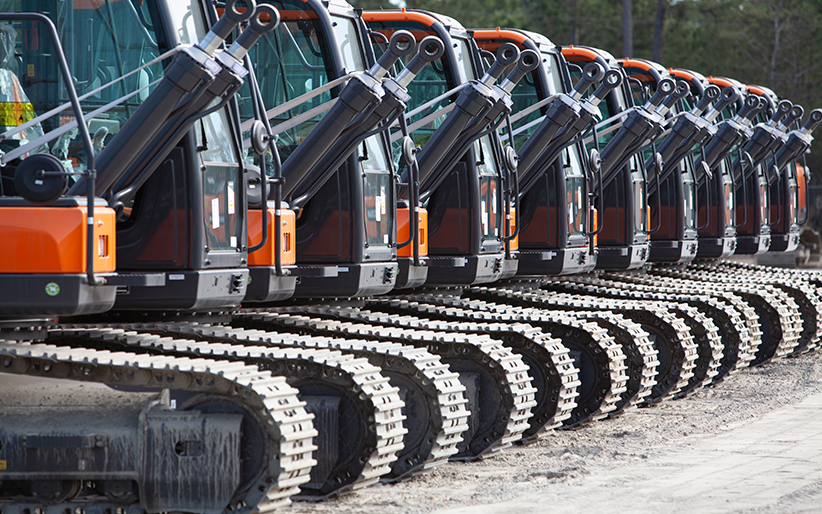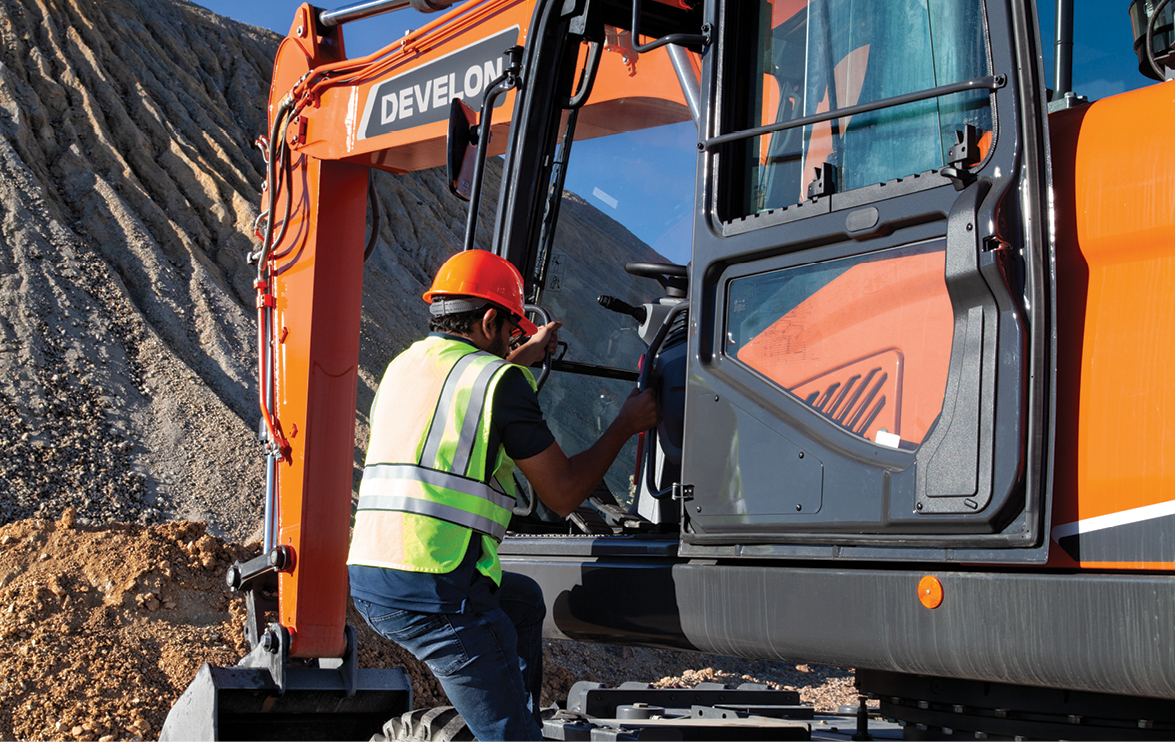No items match that criteria
News & Stories
Stay in the Know
Be the first to learn about new DEVELON products, special promotions, contests, and events by signing up to receive DEVELON emails.




